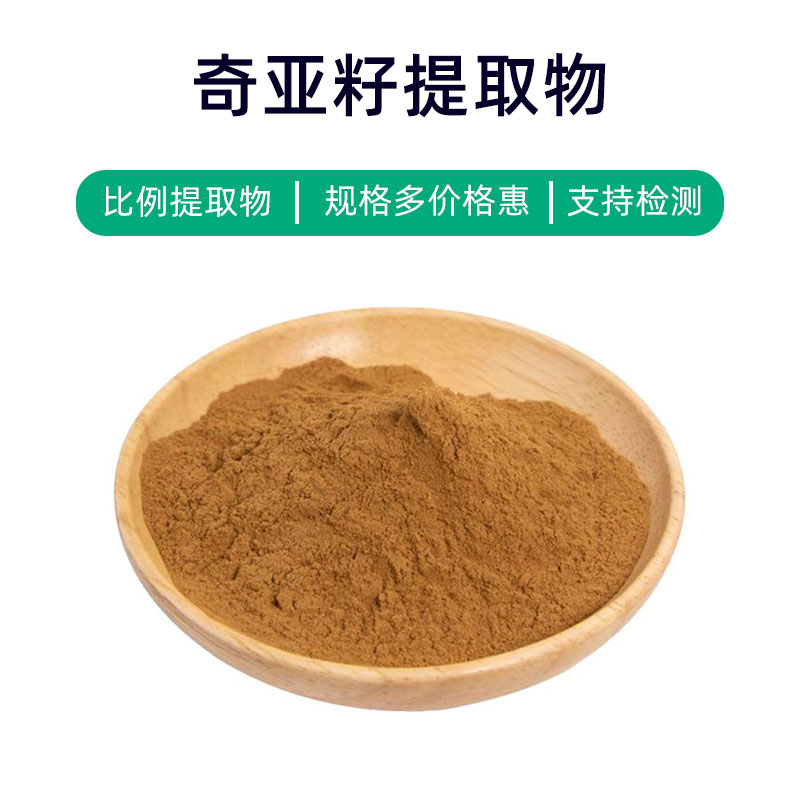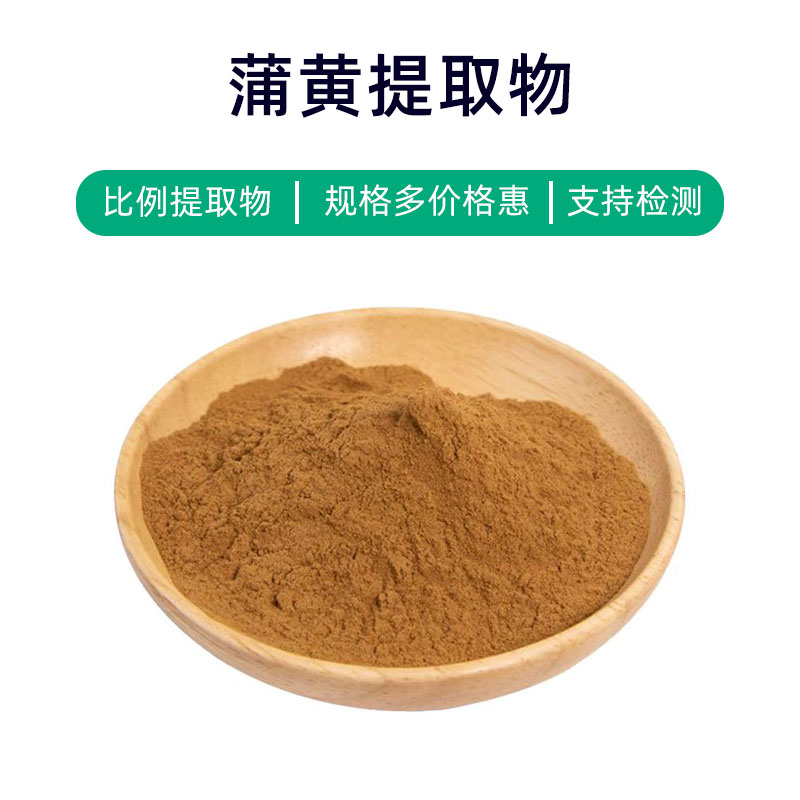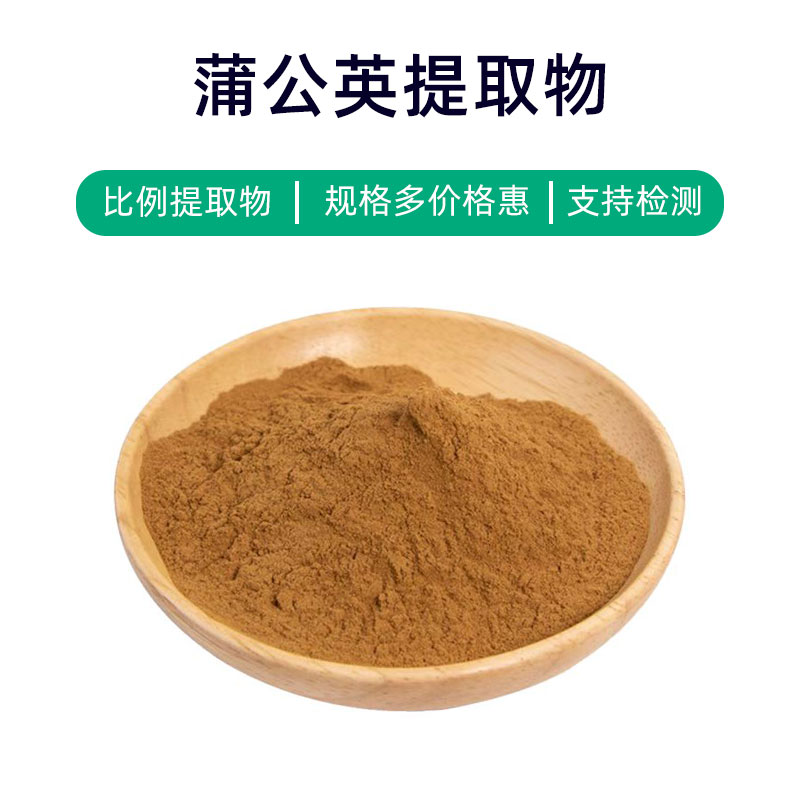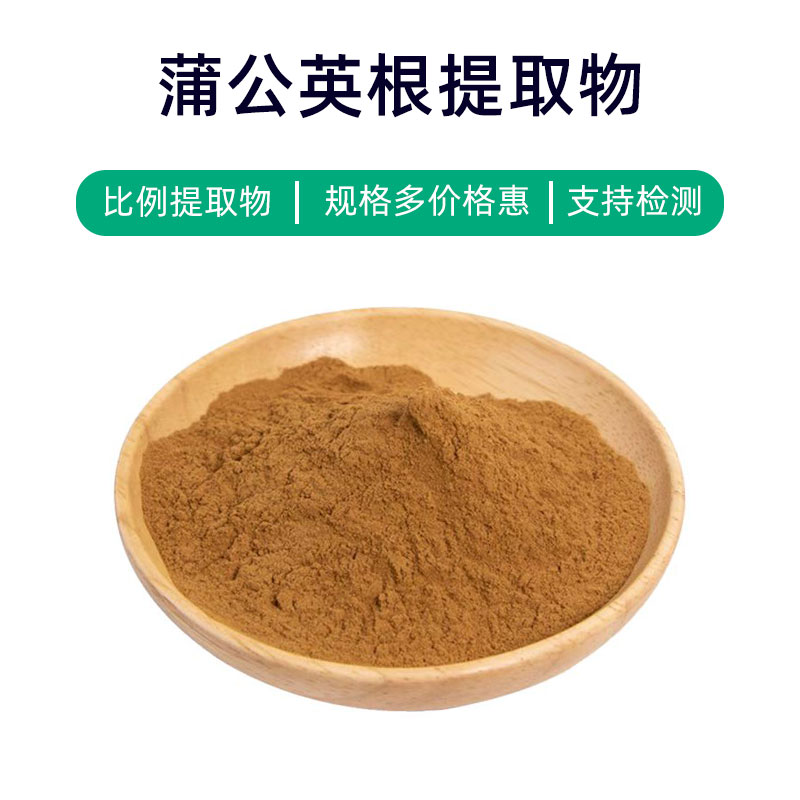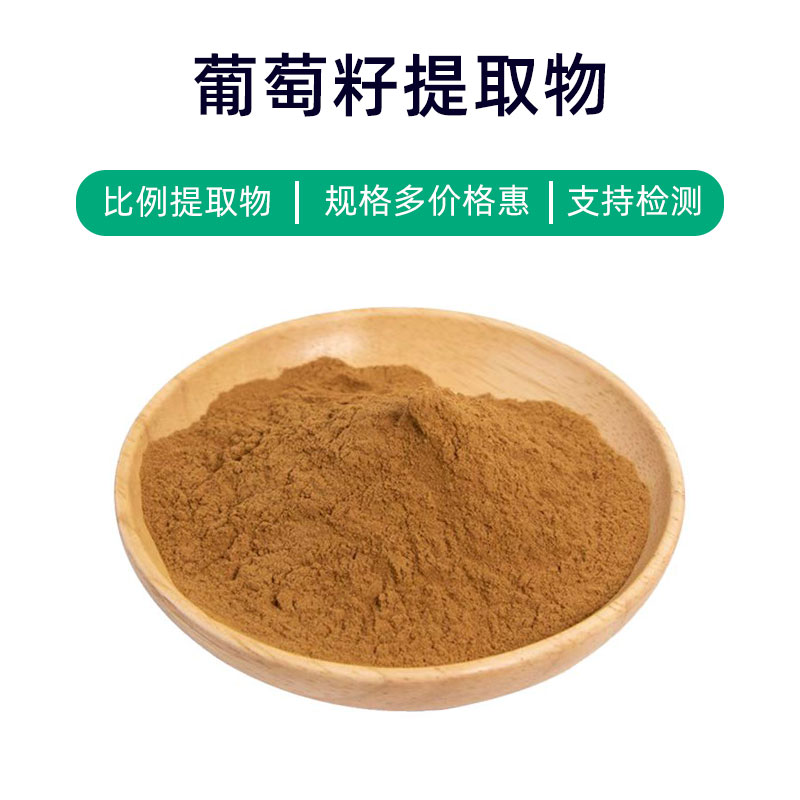Scallion Extract Product Introduction
Scallion extract is a natural plant extract derived from the scallion (Allium fistulosum). Its main components include rich sulfides, polysaccharides, and vitamin C. This extract boasts various benefits, including antibacterial, antioxidant, and lipid-lowering properties. In the medical field, scallion extract is commonly used to formulate antibacterial medications and antioxidants, aiding in the prevention and treatment of certain diseases. In the food industry, it is often utilized as a natural additive for flavoring and enhancing aromas, imparting unique flavors and textures to food. In cosmetics, scallion extract is extensively incorporated into skincare and hair care products due to its moisturizing, antioxidant, and nourishing properties. Additionally, it has applications in agriculture as a plant protectant and growth promoter, helping to improve crop yield and quality.
Scallion Extract Production Process
The production process of scallion extract typically includes the following steps:
- Raw Material Preparation: Select fresh, disease-free scallions as extraction material, cleaning and removing surface impurities.
- Grinding: Crush and grind the washed scallions to increase extraction efficiency and surface area.
- Extraction: Use suitable solvents (such as ethanol or water) to extract from the crushed scallions, typically employing methods like soaking or ultrasonic-assisted extraction.
- Filtration: Filter the extraction liquid to remove solid particles and impurities, obtaining a clear extract.
- Concentration: Use techniques like vacuum evaporation or spray drying to evaporate the solvent from the extract, concentrating the scallion extract.
- Drying: Dry the concentrated extract to reduce moisture content, enhancing stability and shelf life.
- Refinement: Further refine the dried extract through processes like crystallization and washing to improve purity and quality.
- Packaging: Package the refined scallion extract in specified ratios, typically in sealed containers to prevent oxidation and contamination.
The above describes the general production process for scallion extract; specific processes may vary depending on the technology and requirements of different manufacturers.
Scallion Extract Effects, Benefits, and Side Effects
Scallion extract is a natural plant extract with multiple benefits, predominantly including the following:
- Antibacterial Properties: Rich in active ingredients like volatile oils and sulfides, scallion extract exhibits strong antibacterial effects, inhibiting the growth of various bacteria and fungi and showing some therapeutic effects on skin infections and inflammation.
- Antioxidant Effects: Contains abundant polyphenols and vitamin C, which neutralize free radicals in the body, delay cellular aging, and protect cells from oxidative damage.
- Lipid-Lowering Effects: Studies show that components in scallion extract, such as sulfides, can reduce lipid levels and regulate lipid metabolism, helping to prevent and improve hyperlipidemia symptoms.
- Digestive Aid: The extract contains significant amounts of fiber and volatile oils that promote gastrointestinal motility, enhance digestive fluid secretion, and improve digestive function, helping to alleviate indigestion and gastrointestinal discomfort.
- Anti-Inflammatory Effects: Active ingredients in scallion extract, such as sulfides, provide notable anti-inflammatory effects, alleviating inflammatory responses and symptoms of inflammation-related diseases, such as arthritis and intestinal inflammation.
- Cardiovascular Protection: Research indicates that components like sulfides in scallion extract can lower blood viscosity and enhance circulation, helping to prevent cardiovascular disease.
- Blood Sugar Regulation: Some studies suggest that the active components in scallion extract have blood sugar-lowering properties, promoting insulin secretion and regulating blood sugar levels, which may help prevent and improve metabolic disorders like diabetes.
Despite its numerous benefits, caution should be exercised regarding individual differences and dosage control to avoid potential adverse reactions, such as indigestion or allergies. It's advisable to use under the guidance of a healthcare professional.
Scallion Extract Applications and Dosage
Scallion extract has widespread applications in medicine, food, and cosmetics. Below are its application scenarios and recommended dosages in various fields:
- Medical Field:
- Usage: Widely used in pharmaceuticals, health supplements, and traditional medicine formulations to prevent and treat various ailments.
- Methods of Application: Common methods include oral, topical, and injectable forms, with specific usage determined by the drug type and symptoms.
- Dosage: The typical oral dosage is 5-10 grams per session, taken 2-3 times daily; for topical use, apply as needed; injectable dosages should be determined by medical professionals.
- Food Industry:
- Usage: Used as a flavoring agent and functional food additive in food processing, providing special flavors and nutritional benefits.
- Methods of Application: Can be added to various dishes, soups, and condiments, or used in the formulation of food additives derived from scallion extract.
- Dosage: Add as needed according to the type of food and personal flavor preferences, typically 5-10 grams per 100 grams of food.
- Cosmetics Field:
- Usage: Commonly employed as a moisturizer, antioxidant, and anti-inflammatory agent in cosmetics, providing skincare and anti-aging benefits.
- Methods of Application: Incorporated into various skincare products like masks, lotions, serums, and cleansers.
- Dosage: The addition of scallion extract in cosmetics is usually low, depending on specific product formulations; it's advised to follow the guidance in product instructions.
In summary, the application methods and dosages of scallion extract vary across different fields. It's essential to read product labels carefully or consult professionals before use, ensuring safe and effective application.
Scallion Source Plant Introduction, Distribution, and Growth Environment
Scallions, scientifically known as Allium fistulosum L., also referred to as green onions or spring onions, are common vegetable plants belonging to the lily family and the Allium genus. Here is an introduction to the source plant of scallion extract, including its characteristics, distribution, and growth environment:
- Plant Characteristics:
- Scallions are perennial herbs with cylindrical hollow leaf stalks and long, thin leaves. The stalks are cylindrical, bright green in color, and have a strong scallion aroma. The leaves are elongated, flat, and dark green.
- Distribution:
- Originally native to Eurasia, scallions are widely distributed in China, Japan, Korea, Russia, and other regions. Due to their strong adaptability, they have been introduced worldwide and cultivated in many countries across Asia, Europe, America, and Africa.
- Growth Environment:
- Ecological Type: Scallions have strong adaptability and can grow in temperate, subtropical, and tropical regions, thriving in sunny, well-drained environments.
- Climate Requirements: They prefer warm and humid climates, thriving best in temperatures between 10-25 degrees Celsius.
- Soil Requirements: Scallions are adaptable to various soil types but prefer loose, fertile, well-drained soils and are not particularly picky about pH levels.
- Cultivation Methods:
- Planting Methods: Scallions can be propagated from seeds or by division, with a typical planting density of 30 x 15 cm. Care should be taken during the growing period to ensure timely watering, fertilizing, and weed management.
- Growing Cycle: The cycle from seed sowing to harvest usually takes 2-3 months, offering a short growth period that's easy to manage and harvest.
- Main Production Areas:
- China is one of the primary production areas for scallions, mainly distributed across northeastern, northern, eastern, and southwestern regions, with provinces like Shandong, Jiangsu, Henan, and Sichuan having notably high yields.
As a vital vegetable plant, scallions are cultivated and utilized extensively worldwide, and their extracts are in high demand due to their rich nutritional components and medicinal value.
Scallion Extract Processing and Storage
The processing and storage of scallion extract are crucial in ensuring its quality and maintaining efficacy:
- Processing Steps: The processing of scallion extract primarily involves washing, cutting, grinding, and extraction. Scallions are first washed to remove surface impurities, then cut or ground to enhance extraction efficiency, followed by extraction of active components.
- Process Control: During processing, it is essential to strictly manage parameters such as temperature, time, and pH to stabilize the effective components and their concentration in the extract.
- Storage: During storage, scallion extract should be kept in a cool, dry, and well-ventilated environment, avoiding direct sunlight and high temperatures. Clear, sealed containers are recommended for storage, labeled with production dates and ingredient information. Prevent moisture, mold, and contamination, regularly checking for quality while keeping it dry and clean.
- Packaging: For packaging, it is recommended to use light-resistant, pressure-resistant, and moisture-proof sealed bags or containers to extend shelf life and prevent external contamination.
- Quality Control: Throughout processing and storage, it is vital to adhere to relevant quality control standards and procedures to ensure that the extract's quality meets established requirements, confirming its safe and effective application in the medical, food, or cosmetic fields.
Monica Sun is a seasoned expert in the plant extraction industry with over a decade of experience in research and production. She specializes in the extraction and purification of plant active ingredients, focusing on driving innovation in natural product applications. Monica has participated in the development of multiple functional plant extracts, delivering high-value natural raw material solutions for the health food, pharmaceutical, and dietary supplement sectors.









